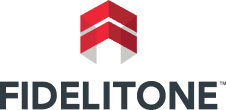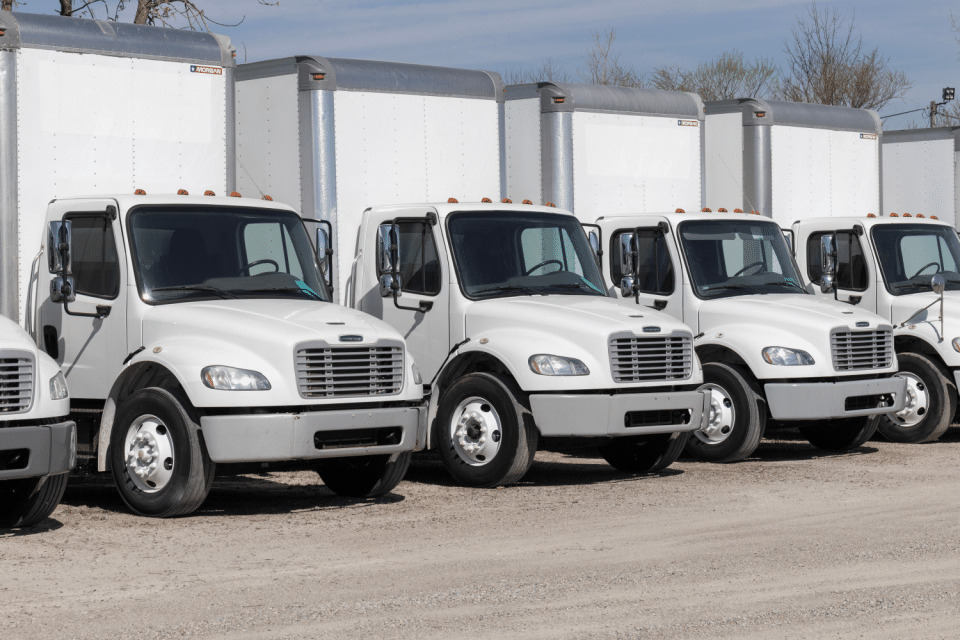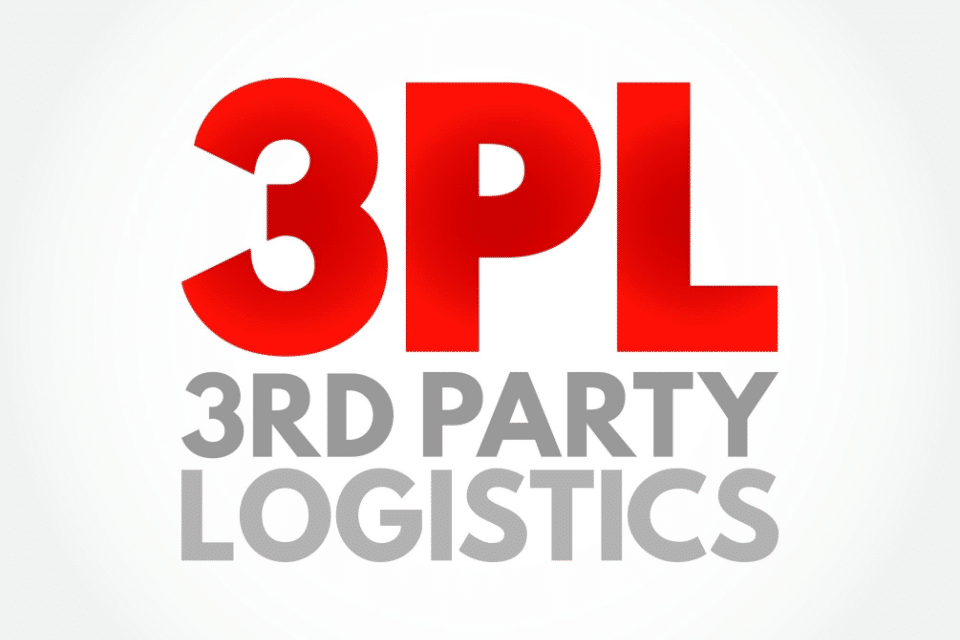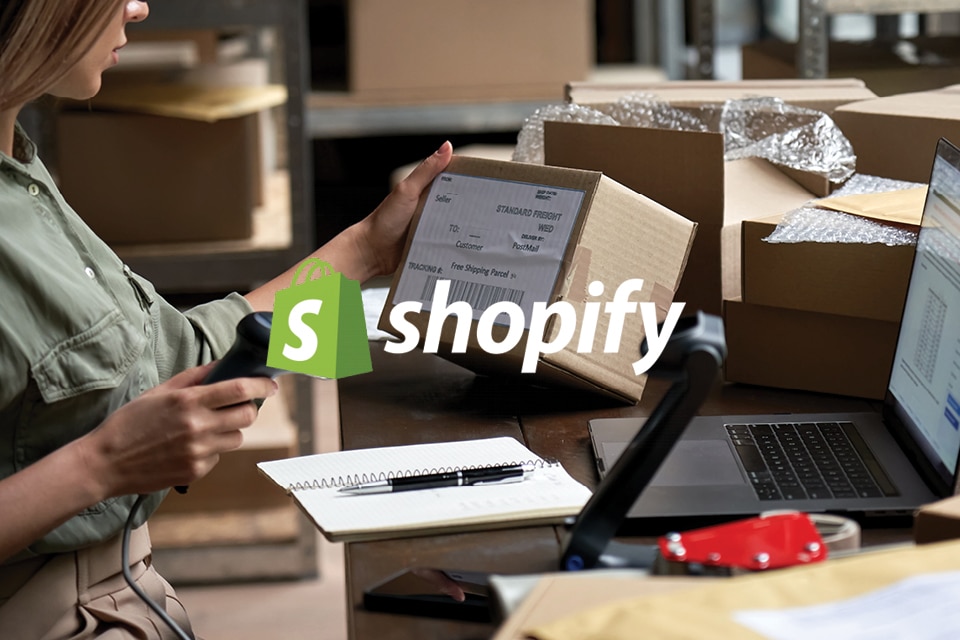Inventory Forecasting Techniques that Drive Value
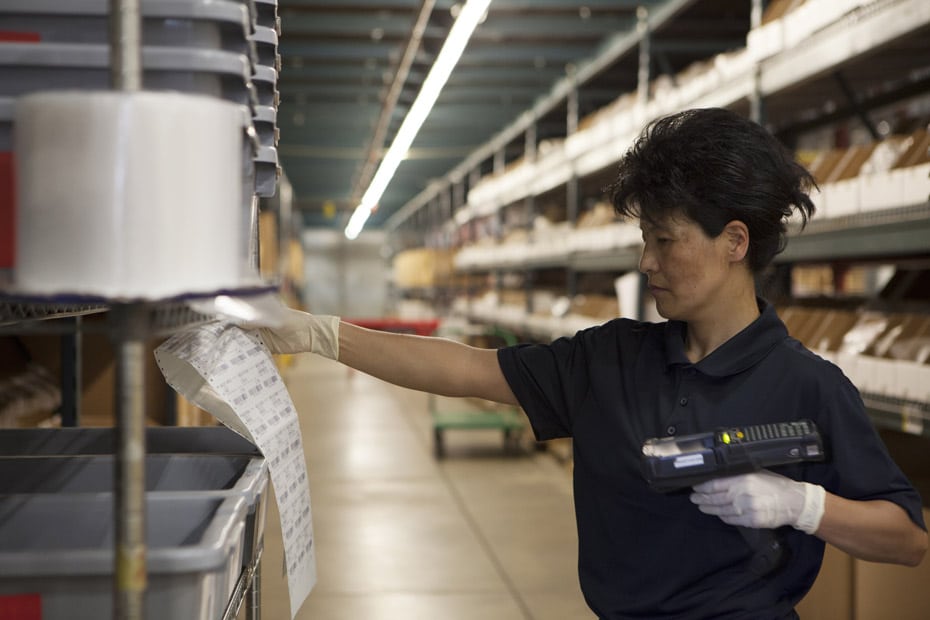
Your inventory forecasting techniques may be meeting required service levels, but at what cost?
Excessive inventory levels, distribution centers bursting at the seams, and it still feels like the inventory that provides the largest margin contribution is still not properly aligned with demand.
Balancing supply with demand and predicting future revenue so that there isn’t wasted product taking up valuable space is a challenge. FIDELITONE’s forecasting experts talk about how to conduct effective inventory forecasting. When applied correctly, these methodologies can save you big, sometimes up to a 20% reduction in inventory value.
RULES FOR COST-EFFECTIVE INVENTORY FORECASTING
The first rule: understand that every business and customer segment is different. There’s no way to provide universal numbers that work for everyone, but there is a general formula. We find success by working backwards from clients’ goals.
The second rule: understand that inventory means capital. You don’t want to invest too much or too little.
TECHNIQUES THAT DON’T WORK
IN SETTING GOALS
The number one mistake we see in inventory forecasting for service parts is aiming for 100% fill rate. This number is just plain unrealistic because there are way too many variables and resources are not unlimited. Not setting realistic goals leads to:
- Tied-up capital
- Spending unnecessary money on low-value SKUs and not enough on high-value ones
IN MANAGING YOUR SUPPLIERS
Another common mistake is reacting to drops in service levels with the assumption that the fault lies in the amount of inventory on-hand. We often see supply chain managers immediately order more inventory to combat decreased service levels. This indicates poor supplier management, a pitfall that can make a temporary problem turn long-term (or even permanent).
TECHNIQUES TO USE INSTEAD
IN SETTING GOALS
Instead of looking at what you have available and aiming for 100% delivery for everything, start by finding your backorder tolerance and calculate inventory needed in reverse from there. In other words, plan for a 3% back order rate while consistently delivering a 97% first day fill rate.
This is different for every industry and individual business. For example, service parts for AC units in the southern United States have very low backorder tolerance. By not filling these orders quickly, you stand losing the orders and potentially the customers. Other inventory, such as easily-replaced fasteners, low-value items or items that are low in demand, do not have to be as readily in-stock. Once you determine your backorder tolerances, stock inventory accordingly. Ideally, this should reflect the 80/20 theory: your top 20% of SKUs make up 80% of your revenue.
IN MANAGING YOUR SUPPLIERS
Another way to reduce costs is to transfer some of those costs and, therefore, risk to your suppliers. Evaluate the effectiveness, responsiveness and reliability of your suppliers. If they are consistently reliable, reduce your on-hand inventory of their items. If their end of the supply chain isn’t performing, increase your forecasting lead time to reflect their unreliable performance. This is how you avoid overreaction to decreases in service levels.
INVENTORY FORECASTING COSTS YOU SHOULDN’T SKIMP ON
It’s tempting to cut out costs that don’t immediately return on your investment. That being said, there are 2 costs that we identify as completely necessary regardless of industry because they can end up saving you more.
DATA COLLECTION
You need to align your business with your customers’ needs and that means continually collecting and analyzing data to better understand them. In this day and age, you should absolutely not be collecting data by hand and should instead invest in technology. The easiest way to do that is to find a supply chain partner that offers inventory forecasting services so that the responsibility and overhead of inventory forecasting software is transferred to their team.
REGULAR EVALUATIONS
We recommend daily evaluations, weekly at minimum. Instead of relying on only past orders or currently placed orders, use the data you’re collecting to regularly assess your services.
Not doing this is like driving down the highway without ever looking at your dashboard. You can adjust to evolving trends with agility and accuracy by constantly evaluating your inventory and entire supply chain.
WHEN TO EXPECT RESULTS
Making an adjustment to your inventory forecasting techniques to better manage your inventory dollars may take time, but is worth it in the end. The best rule of thumb to manage your expectations is to look at inventory with your shortest lead time. That is where you’ll first see any effects, and you’ll know your new strategy is working. From there, your other segments will change based proportionally on your new average. The results could deliver as much as a 20% reduction in inventory value.
OTHER COST-SAVING INVENTORY FORECASTING TIPS
- Don’t get stuck on hard settings– switch to dynamic variables in order to react to new data
- Don’t waste time on clerical or administrative tasks– make use of automation
- Inventory forecasting should take both service level and profitability into consideration so that both customer loyalty and bottom line are improved
- Transfer more cost and risk to trustworthy suppliers by making use of their dropship capabilities
Properly managing your inventory is more nuanced than having 100% of your products on-hand. In order to control costs, employ these techniques and tips as they make sense for your specific business. For further reading, see an example of these techniques in action.
FIDELITONE helps you earn customers’ loyalty through specialized services in inbound logistics, order fulfillment, last mile delivery and service parts management.
